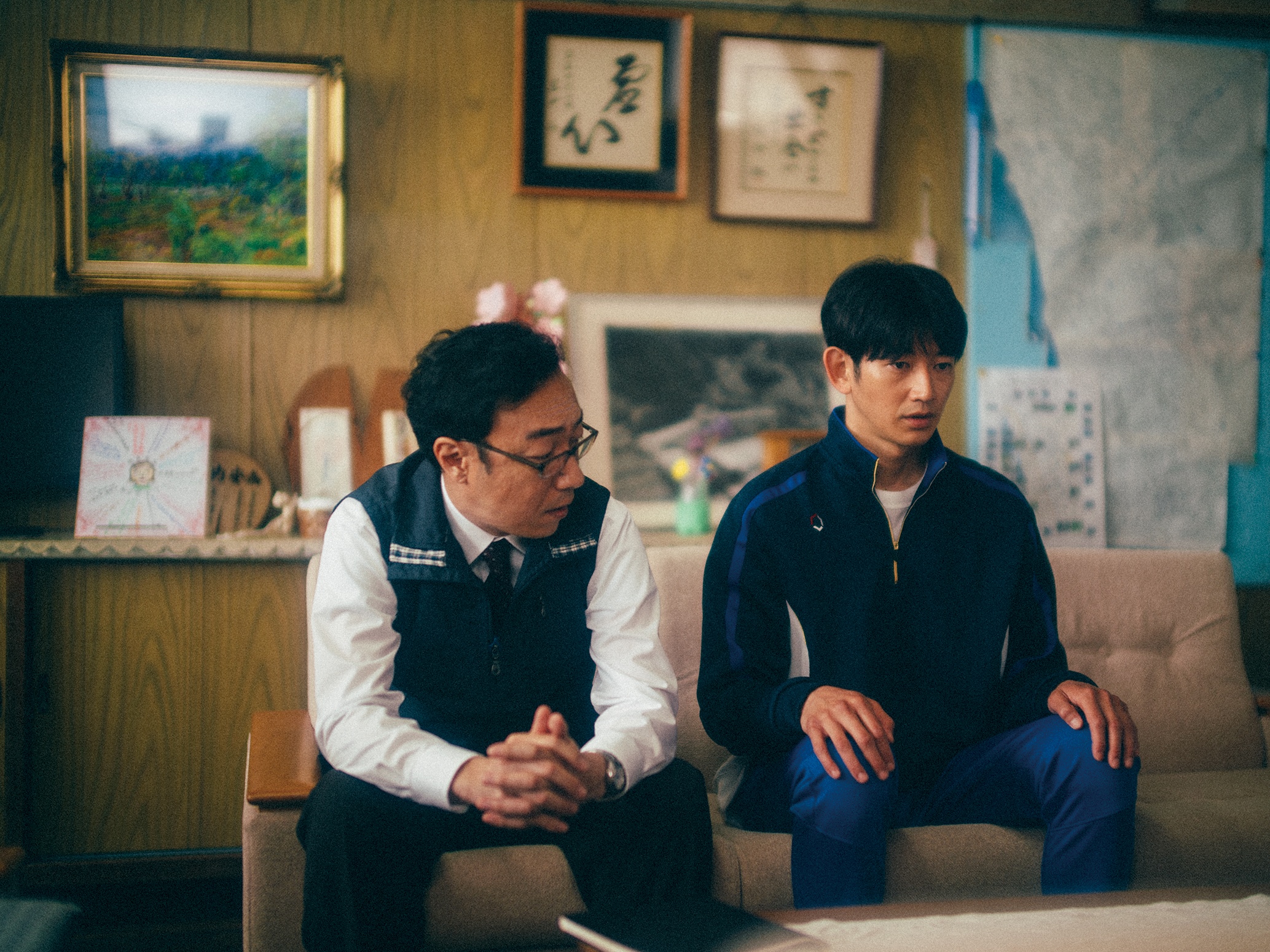Characteristic of Kore-eda Hirokazu, Monster (Kaibutsu) the newest film by the Japanese filmmaker, leads us into a narrative maze, causing us to lose our way and then opening up several new exits, ripe for interpretation. His work typically navigates between multiple truths, different ethical understandings, and unconventional or discomforting perspectives, often leading to unexpected conclusions, occasionally even offering consolation. Monster also follows this pattern. It begins as a nearly conventional tale portraying a protective mother fighting against the abuse that her son experiences at school. Following this, a plot twist emerges abruptly, darkening and complicating the logic of the events established thus far. Using the Rashomon effect, Hirokazu disrupts the secure position of the audience, rendering truth as fragile and elusive as it often is in reality. In an era where the concept of truth faces a deep crisis, Monster portrays it in a meticulously fine manner.
The film’s protagonists are young Minato and his mother, along with Minato’s teacher, Hori—a young and ambitious individual yet to acclimate to the norms of his new workplace. Minato and his mother seemingly lead a harmonious life in their modest apartment, often sharing the day’s news and small joys with a photo of Minato’s deceased father, placed on a small altar amidst flowers and candles. However, when the mother begins noticing peculiar details—a soil-filled water bottle, a missing shoe, hair in the bathroom—everything starts to unravel, revealing that nothing is as it seemed.
The story’s backbone delves into power dynamics, both among adults and children, in an incessant cycle where a victim can effortlessly become a perpetrator, and vice versa. The highly regimented behavior of teachers, bordering on ritualistic, acts as an impenetrable shield against intruders in this polished hierarchical world. Expressing her shock, Minato’s mother voices her confusion and frustration in a teacher’s room, questioning, “I don’t see any life in your eyes. Am I talking to human beings?” Monster also reflects a prevalent theme, seen in recent European titles, concerning the struggle to recognize and accept a child’s sexual identity, often leading to a hostile environment both at school and home.
The film unfolds in sections, examining events from the perspectives of Minato’s mother, teacher Hori, and Minato himself. The divisions between these sections are emphasized not only by the sequence of events, but also by unsettling sounds whose origin remains uncertain until the film’s conclusion. The eerie and sustained sounds of wind instruments, such as trumpets and French horns, evoke visions of either ships in fog or ancient ceremonies accompanied by carnyxes, adding another layer to the film. Monster gradually transitions from a coming-of-age drama to a poetic reflection on life and rebirth. Kore-eda might be among the rare breed of filmmakers capable of bringing a sense of ease to the inevitable conclusion of human life.
Uncontrollable forces of nature serve as catalysts for the events in the film. It commences with a fire consuming a “hostess home” and concludes with a powerful storm causing a landslide. This backdrop amplifies the scale of events, where tiny human figures struggle to navigate the streets or traverse the forest. Such an approach sheds extraneous narrative details, focusing solely on the essentials for the main storyline. This film could be seen as a message from a master storyteller who tirelessly presents tales of everyday humanity. At times, deciphering who the true monster is proves to be an insurmountable challenge—it could be your enemy, your neighbor, your closest relative, or even yourself.
Sonora Broka
Edited by Savina Petkova
© FIPRESCI 2023

